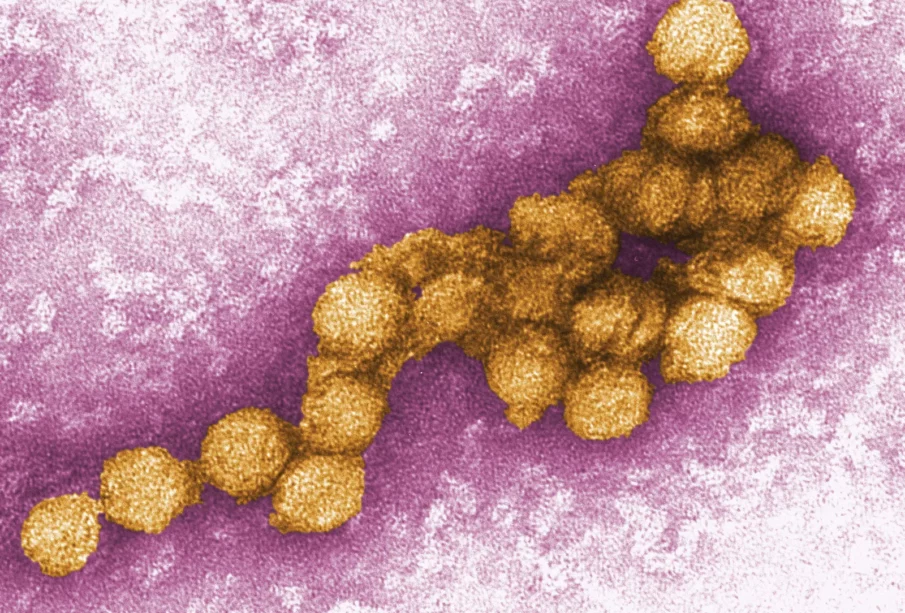
West Nile Virus (WNV) is a global concern in public health and has proved to be a persistent threat, especially in the Americas, Africa, Europe, and parts of Asia. Originating from the West Nile district of Uganda, where it was first identified in 1937, the virus has rapidly spread to other regions of the world, causing considerable health concerns.
WNV belongs to the Flavivirus genus and is transmitted predominantly by mosquitoes, specifically the Culex species, making it a notable arbovirus (Arthropod-borne virus). The proliferation of the WNV has been partly fueled by global warming, increased global travel, and urbanization which contribute to the increased presence of mosquitoes, the primary vectors of this disease.
Understanding the West Nile Virus
The West Nile Virus causes an infection known as West Nile fever. This infection can result in a range of symptoms, from mild, flu-like signs to severe neurological diseases such as West Nile encephalitis, meningitis, or poliomyelitis. The virus has an incubation period of 2 to 14 days, after which the symptoms may start to appear.
The primary hosts of the virus are birds, with mosquitoes acting as the vectors that transmit the virus from infected birds to humans and other mammals. However, it’s important to note that not all mosquitoes carry the West Nile Virus; only those that have fed on infected birds can spread the virus to humans and other animals.
West Nile Virus and Mosquitoes
Understanding the role of mosquitoes in the transmission of the West Nile Virus is pivotal in implementing effective preventive measures. The Culex species, especially Culex pipiens, Culex tarsalis, and Culex quinquefasciatus, are the primary carriers. These mosquito species prefer to breed in stagnant water bodies, such as ponds, ditches, and neglected swimming pools.
Global Spread and Countries Currently Affected
From its origin in Uganda, the West Nile Virus has spread extensively, reaching epidemic proportions in some regions. The first significant outbreak outside Africa occurred in Romania in 1996, and the virus was identified in North America in 1999, specifically in New York. Since then, WNV has spread across the United States and Canada, becoming endemic in these regions.
In recent years, several outbreaks have been reported in Europe, with countries like Greece, Italy, and Spain being hit the hardest. African countries, including Uganda, South Africa, and Kenya, continue to face endemic WNV cases, while the virus is also prevalent in Middle Eastern countries such as Israel.
Asia, particularly Western Asia, has reported several cases of WNV. In India, the presence of the virus was confirmed in the early 2000s, with sporadic cases reported since then.
Conclusion
Understanding and tracking the spread of the West Nile Virus is crucial in managing its impact on global health. While vaccines are available for horses, a human vaccine is still under development, making prevention strategies that focus on reducing exposure to mosquitoes all the more critical. Continued research, along with public awareness campaigns, are vital to control and eventually eradicate this global health menace.
With the changing global climate, it is likely that the geographical range of WNV and its mosquito vectors will continue to expand. This makes it more important than ever to focus our collective efforts on understanding and combating the WNV.












